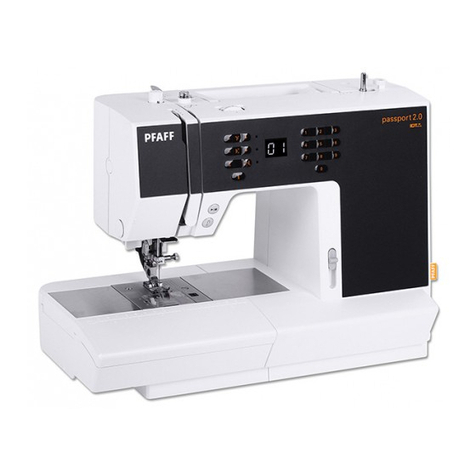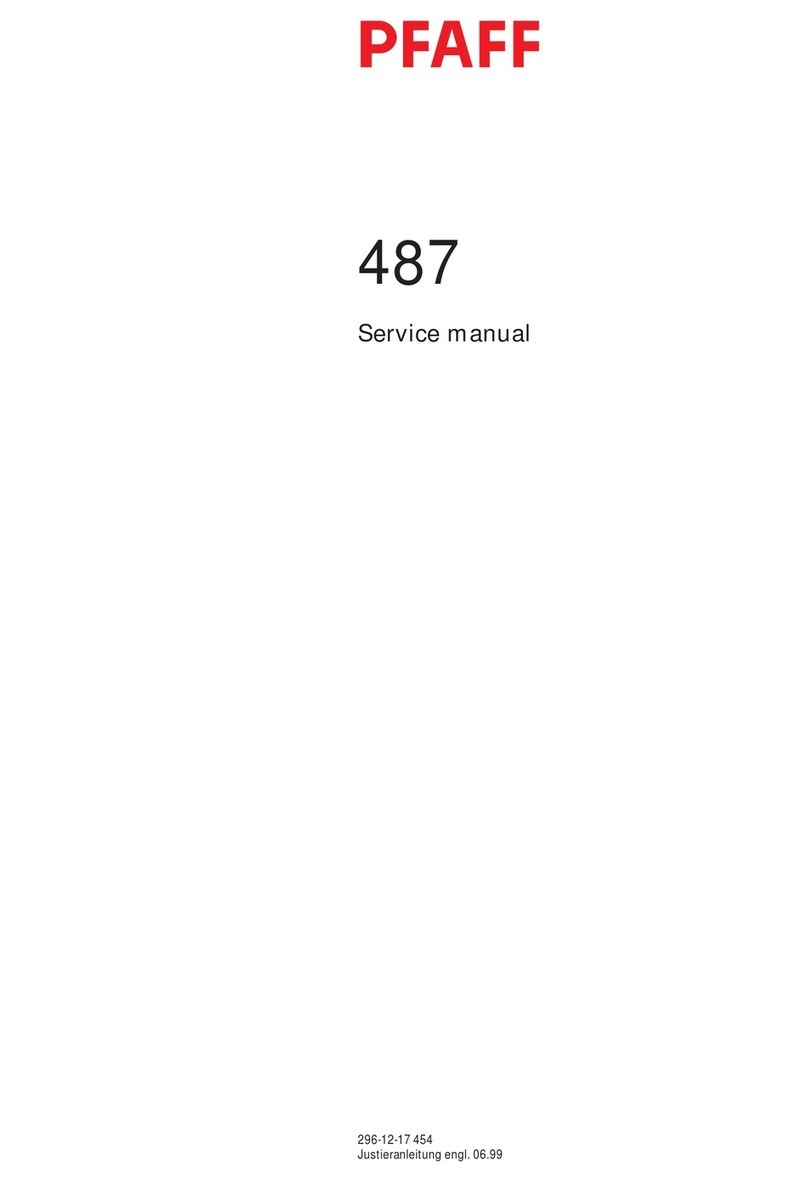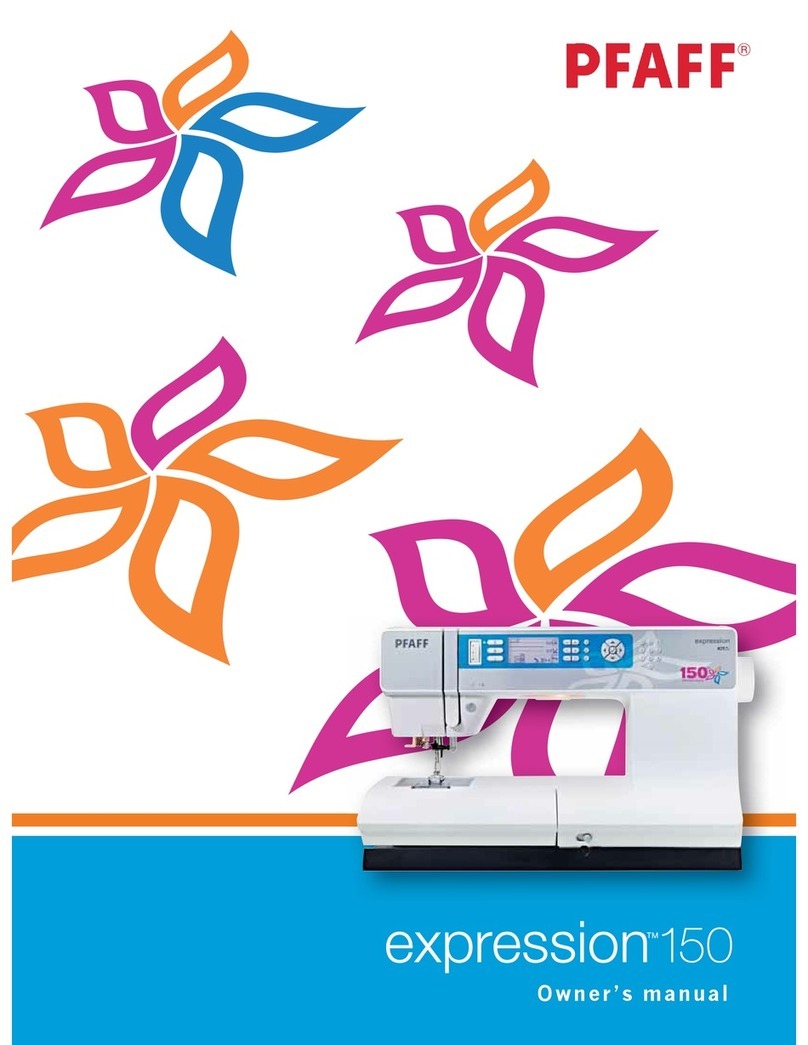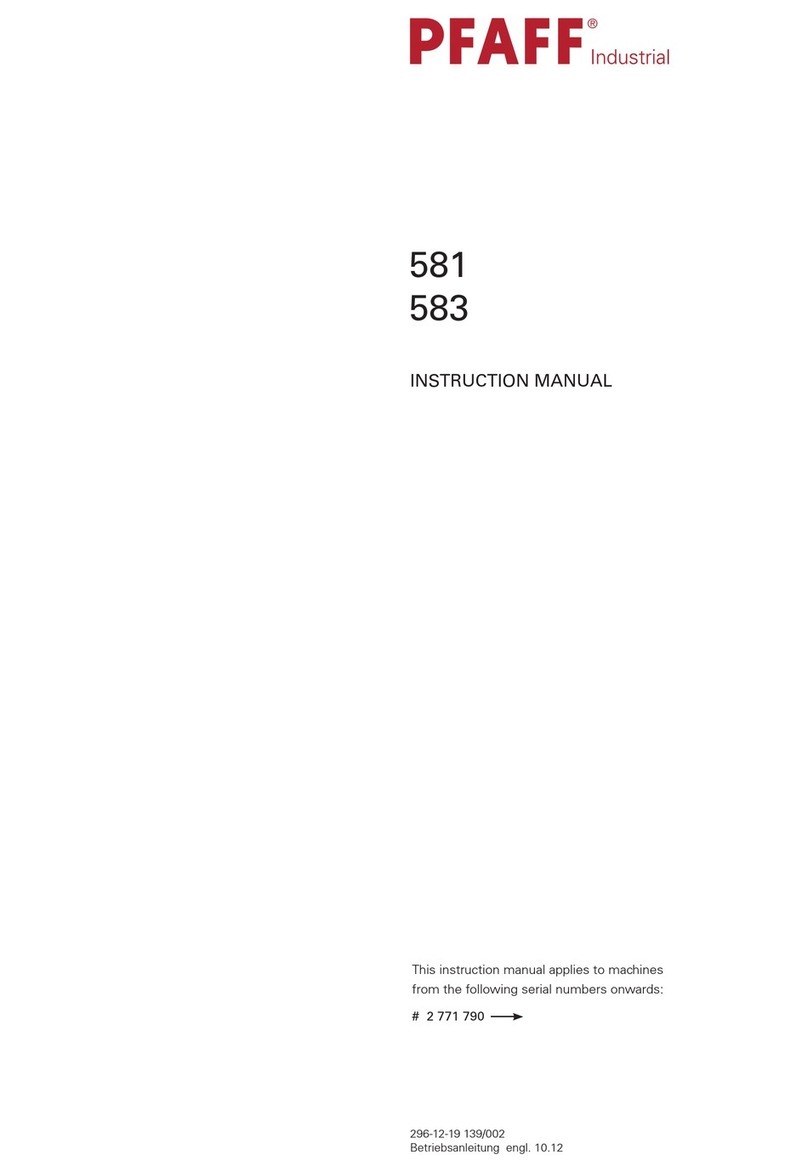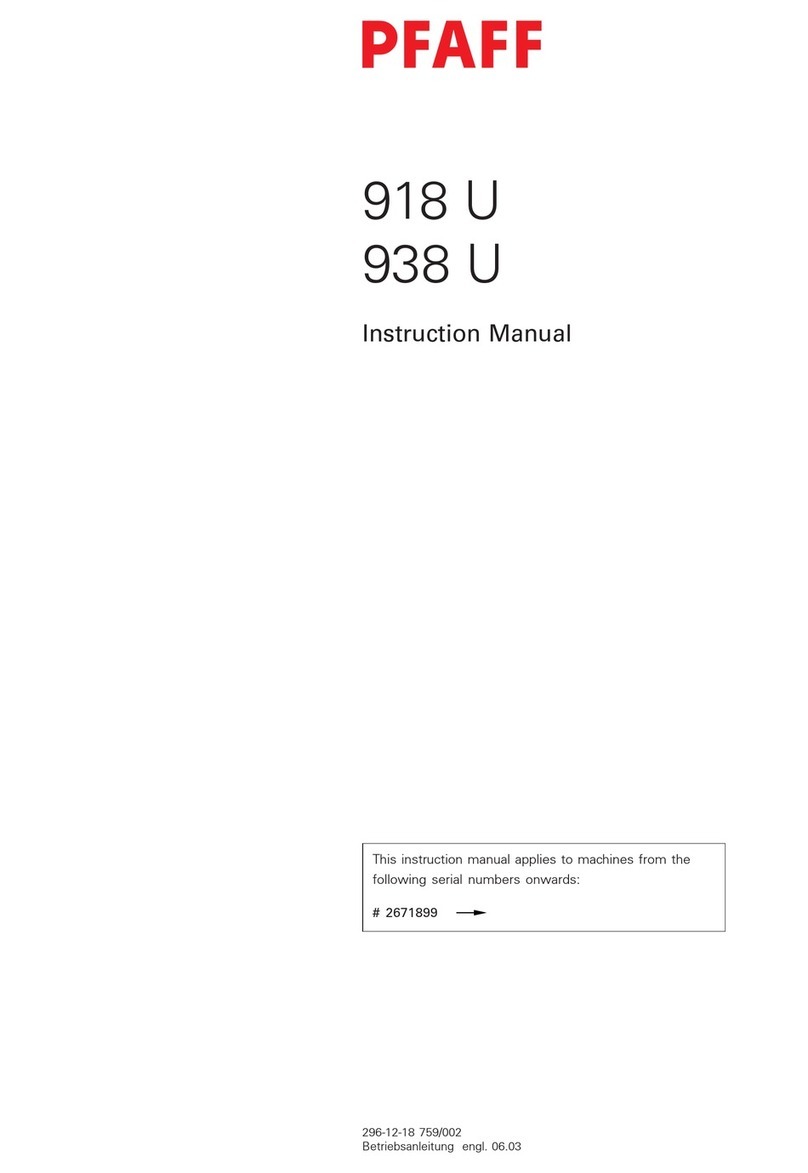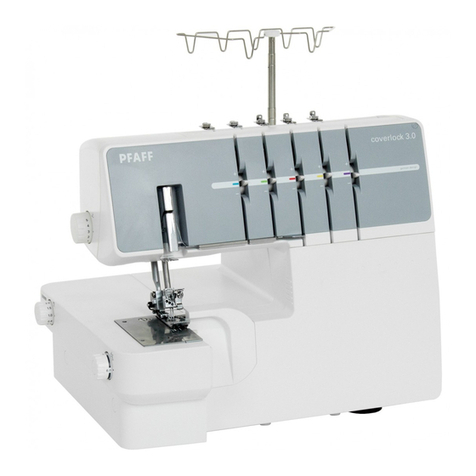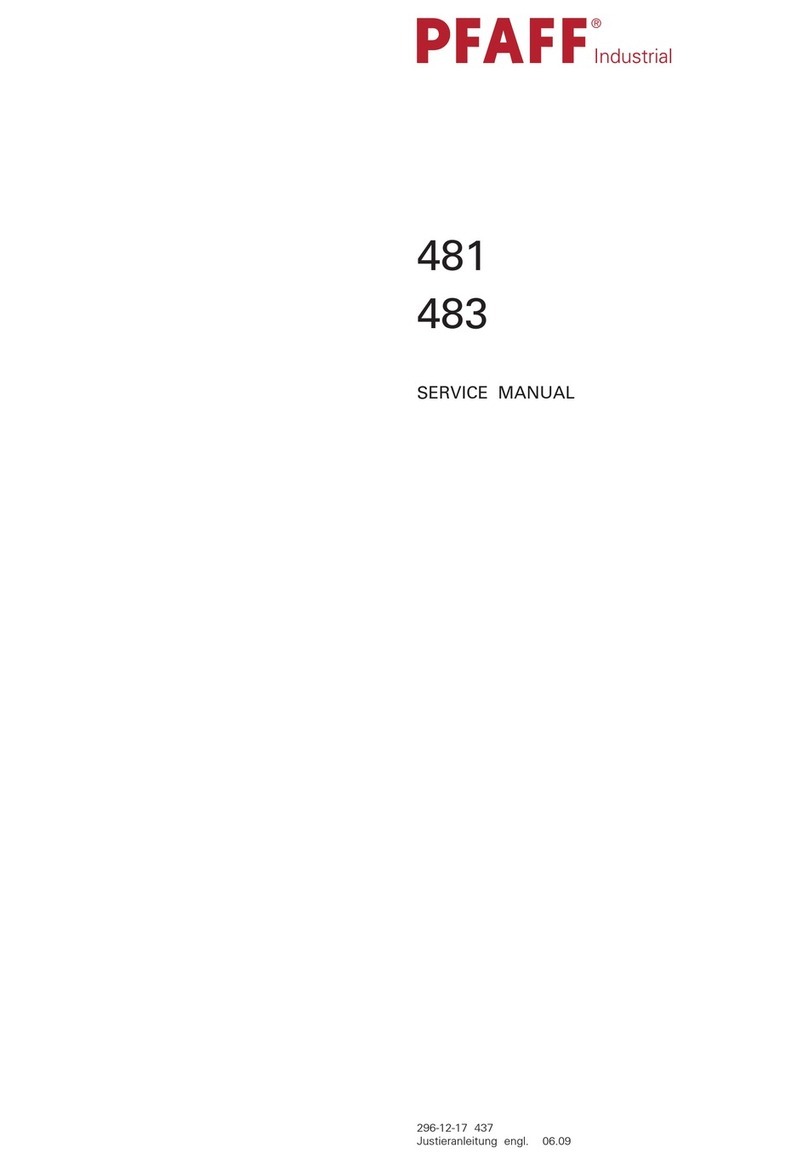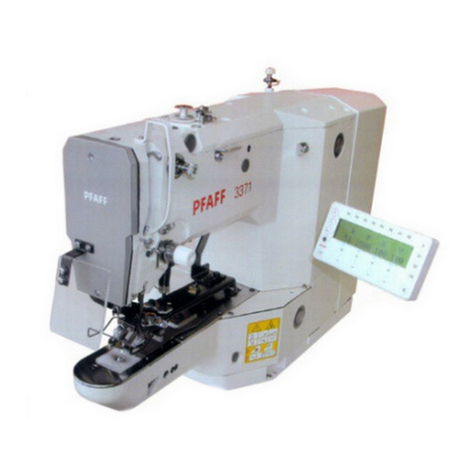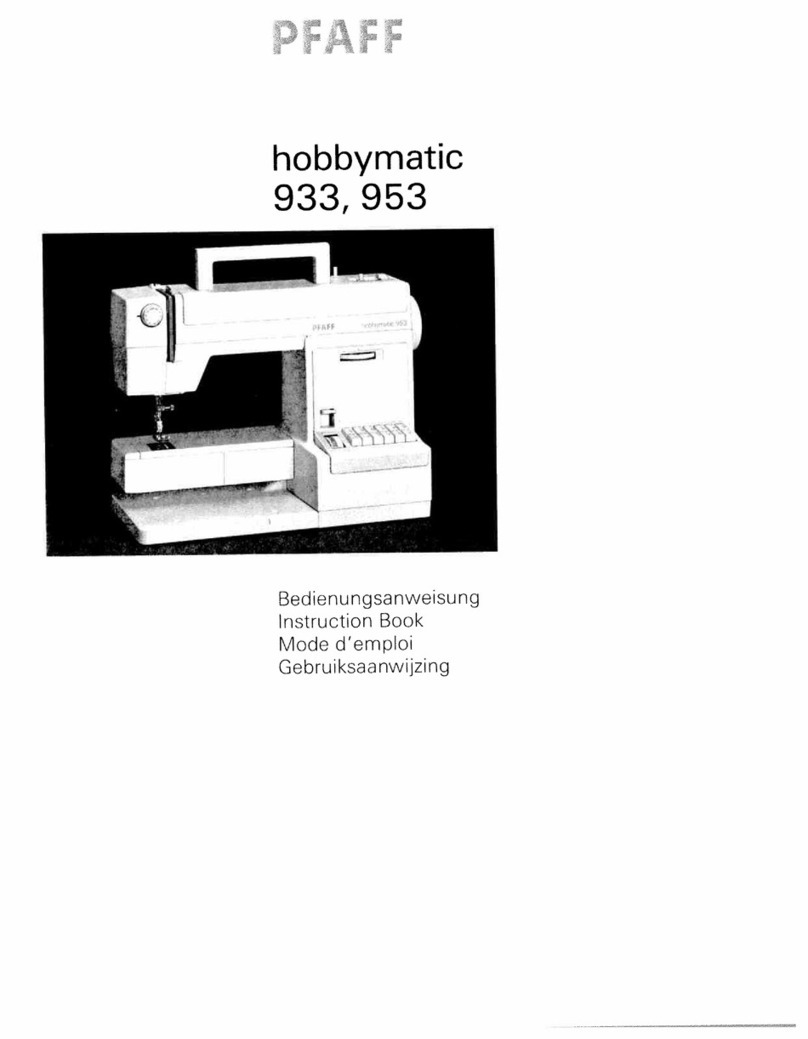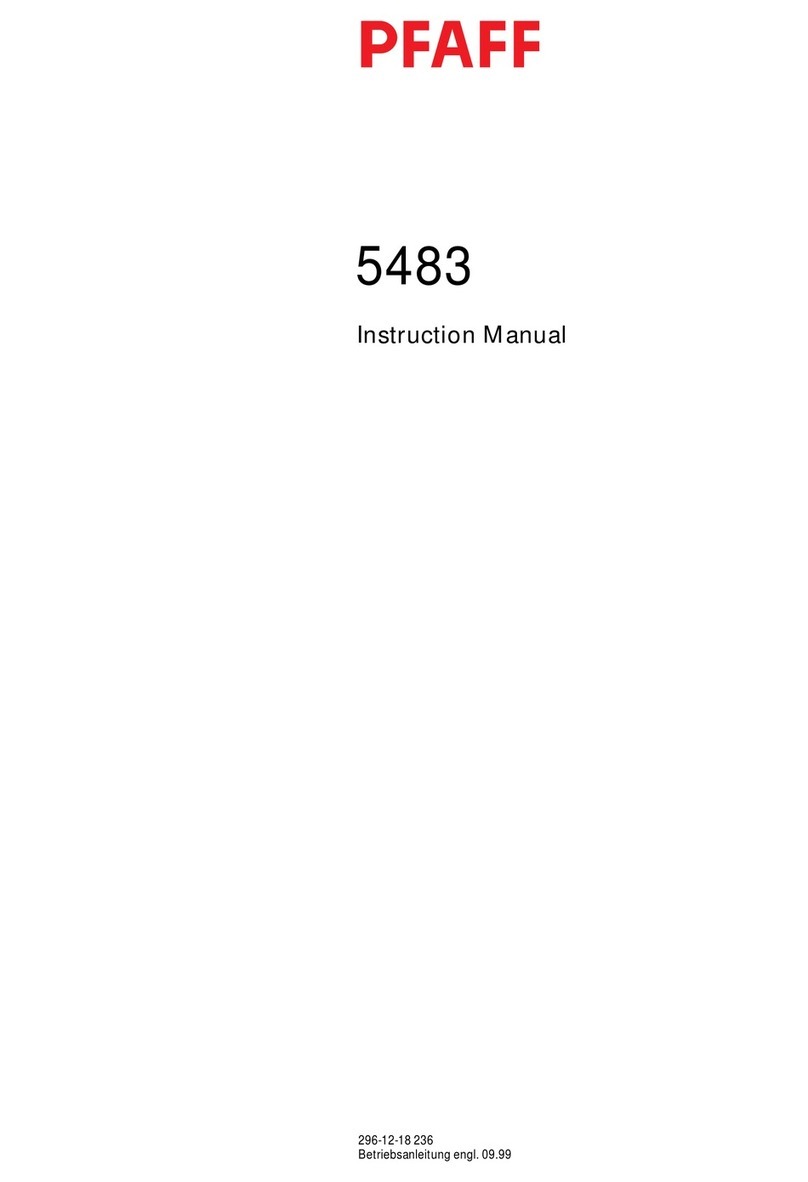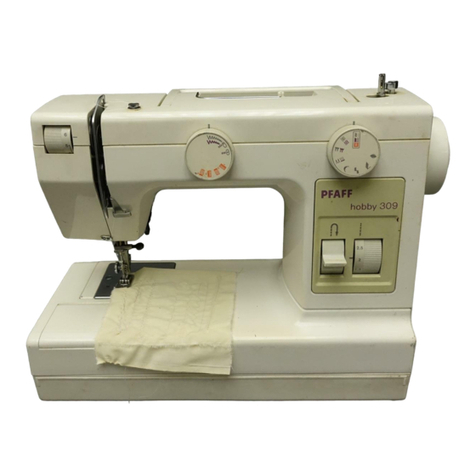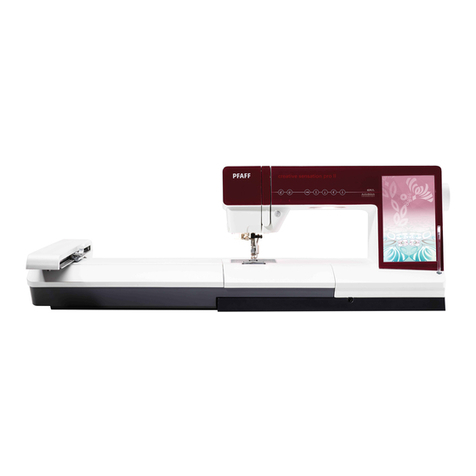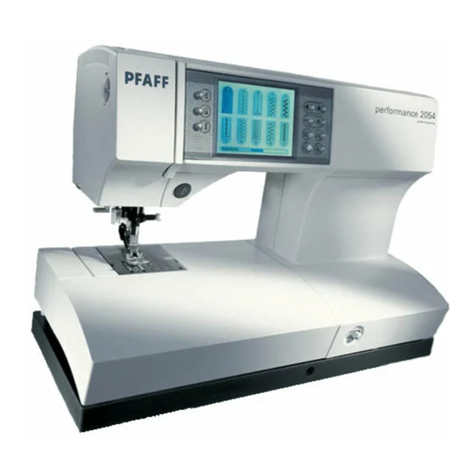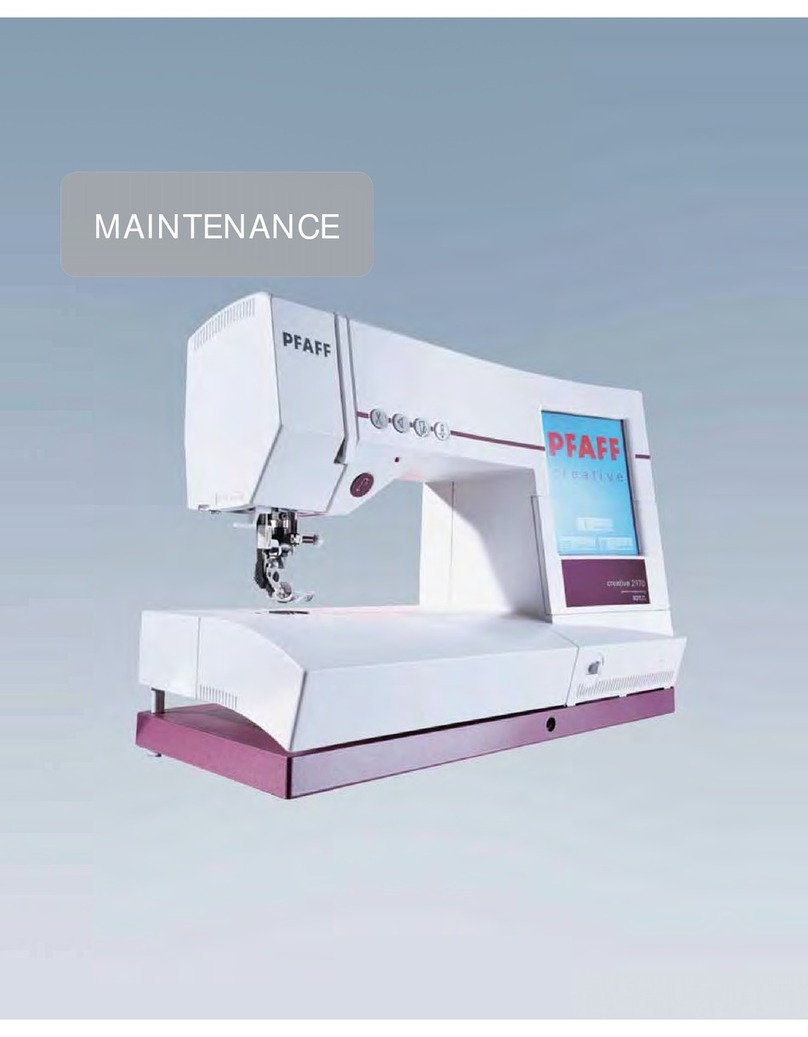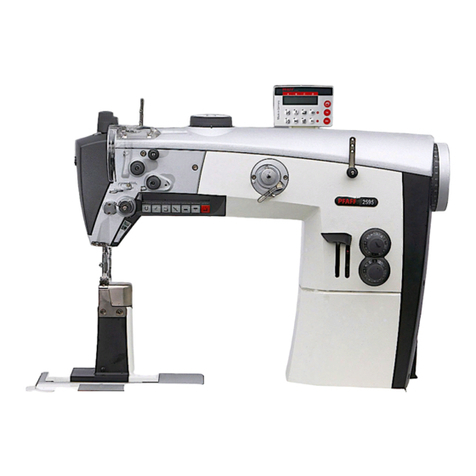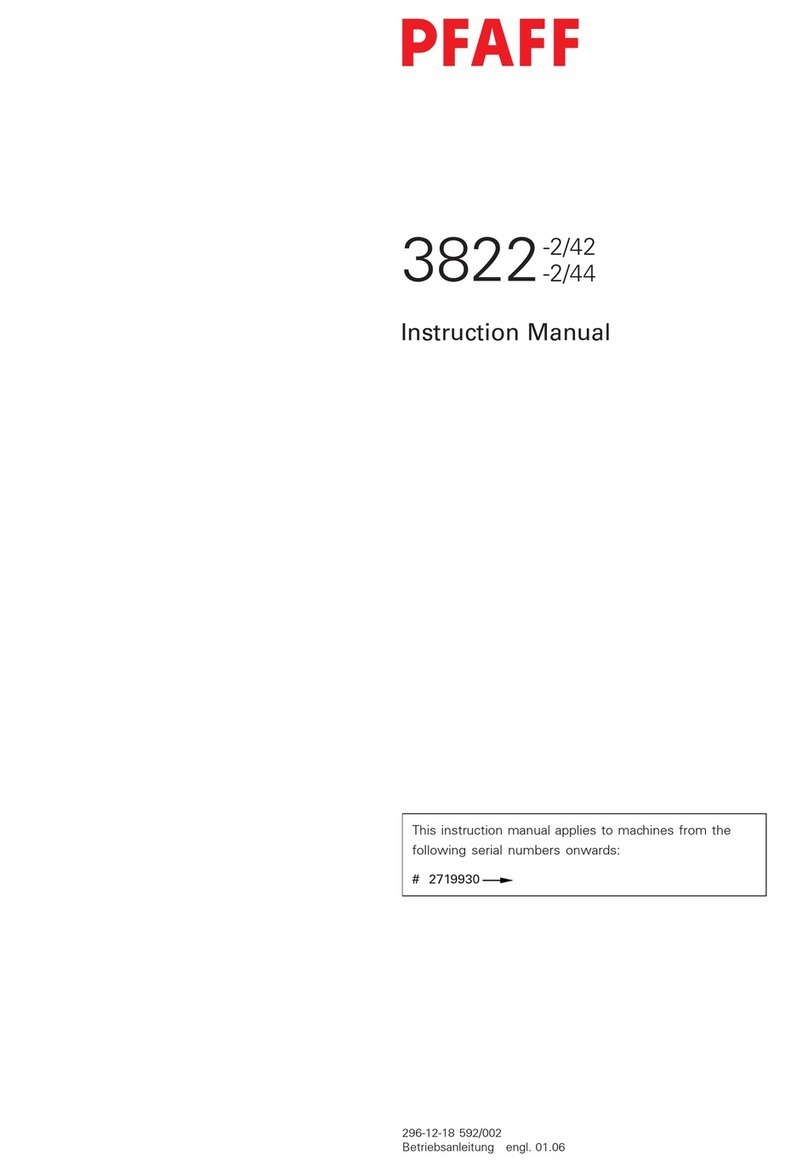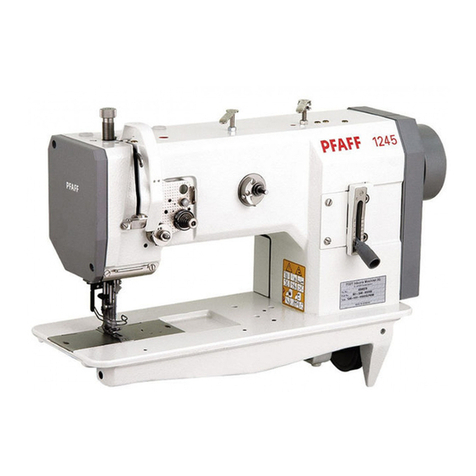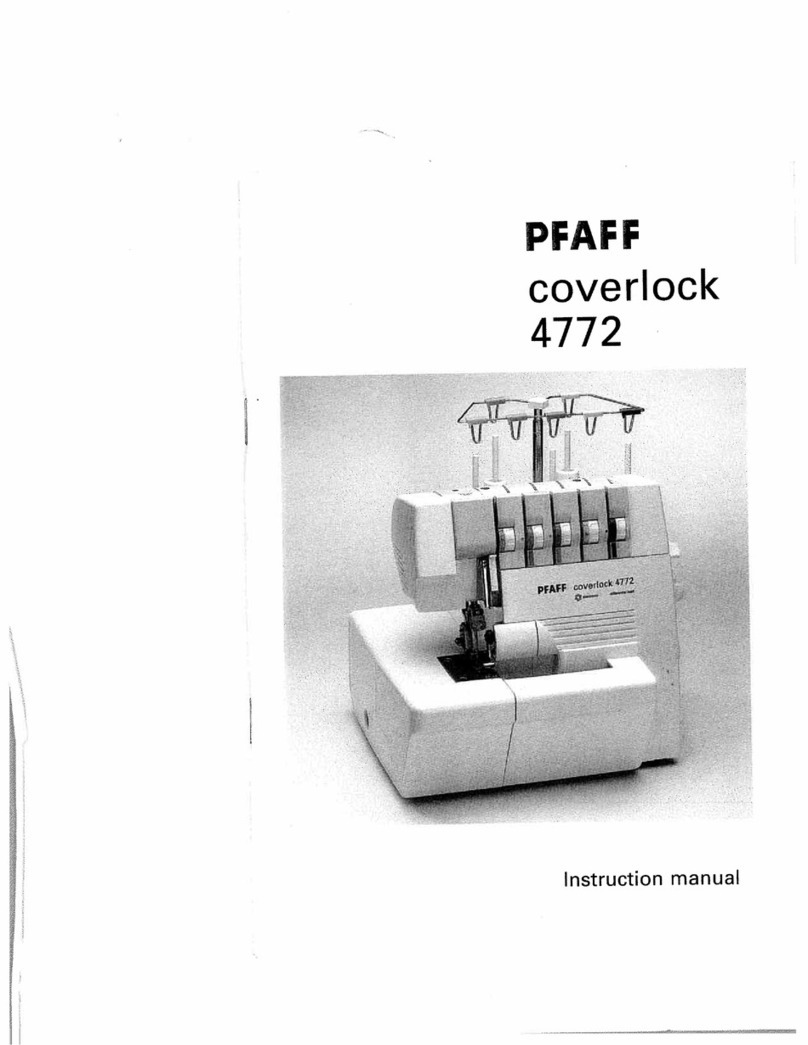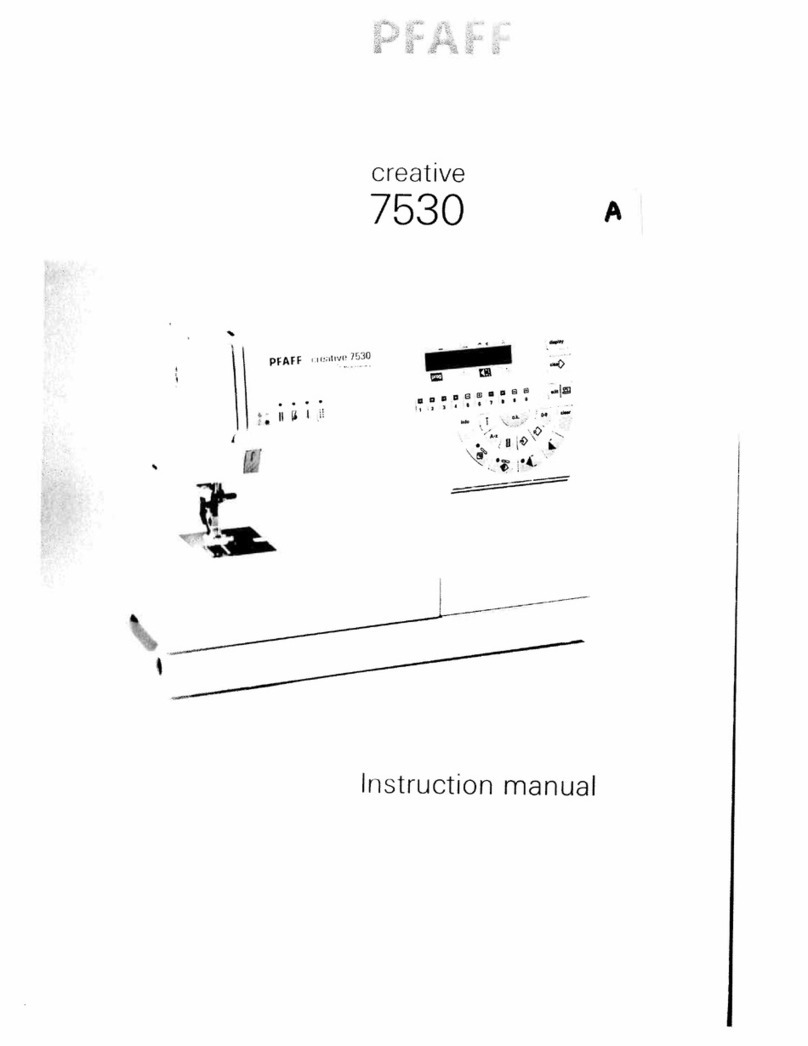Contents
Contents .................................................................................Chapter – Page
13.06 Switch for sewing start ............................................................................................... 13 - 4
13.07 Basic position of the feed drive unit ............................................................................ 13 - 5
13.08 Preliminary adjustment of the work clamp................................................................. 13 - 6
13.09 Toothed belts of the main drive unit............................................................................ 13 - 7
13.10 Preliminary adjustment of the needle height............................................................... 13 - 8
........................................................................................................................................
13.11 Position of the needle plate in relation to the needle .................................................. 13 - 9
13.12 Controlling the stitch symmetry .................................................................................. 13 -10
13.13 Sensor board of the needle drive ( in dismantled state ) ............................................. 13 -11
13.14 Basic setting of the needle drive unit .......................................................................... 13 -13
13.15 Basic position of the work clamp ( lengthwise to the arm ) ........................................ 13 -14
13.16 Basic position of the work clamp ( crosswise to the arm ).......................................... 13 -15
13.17 Upper take-up lever position (reference position)........................................................ 13 -16
13.18 Lifting elbow on the work clamp................................................................................. 13 -17
13.19 Work clamp stroke...................................................................................................... 13 -18
13.20 Lifting cylinder of the work clamp ............................................................................... 13 -19
13.21 Cutting pressure of the knife unit ( in dismantled state )............................................. 13 -20
13.22 Position of the knife bracket and lower knife stop (not on 3119-10/01)....................... 13 -21
13.23 Upper knife stop (not on 3119-10/01).......................................................................... 13 -23
13.24 Knife control switch .................................................................................................... 13 -24
13.25 Knife motion (not on 3119-10/01) ................................................................................ 13 -25
13.26 Distance of the knife to the needle bar (not on 3119-10/01) ....................................... 13 -26
13.27 Changing the knife / knife height (not on 3119-10/01) ................................................. 13 -27
13.28 Functional test of needle thread cutter ....................................................................... 13 -28
13.29 Needle thread cutter ( vertical and horizontal adjustment ) ......................................... 13 -29
13.30 Cam guide unit............................................................................................................ 13 -30
13.31 Needle thread cutter stroke ........................................................................................ 13 -31
13.32 Needle thread cutter switch........................................................................................ 13 -32
13.33 Needle thread cutter release....................................................................................... 13 -33
13.34 Catch........................................................................................................................... 13 -34
13.35 Swing out motion of the needle thread cutter............................................................. 13 -35
13.36 Needle bar rise and hook-to-needle clearance............................................................. 13 -36
13.37 Needle bar height and needle guard............................................................................ 13 -38
13.38 Bobbin case holder...................................................................................................... 13 -39
13.39 Hook lubrication .......................................................................................................... 13 -40
13.40 Knife position .............................................................................................................. 13-41
13.41 Knife guard.................................................................................................................. 13 -42
13.42 Needle thread tension release .................................................................................... 13 -43
13.43 Needle thread puller.................................................................................................... 13 -44
13.44 Side thread tension and slack thread regulator ........................................................... 13 -45
13.45 Bobbin winder ............................................................................................................. 13 - 46
13.46 Retainer position (only for 3119-2/62 and -2/63) .......................................................... 13 -47
13.47 Adjusting the cutting unit on sub-class -10/01............................................................. 13 -48
13.47.01 Basic position of the knife bar and lower knife stop.................................................... 13 -48
